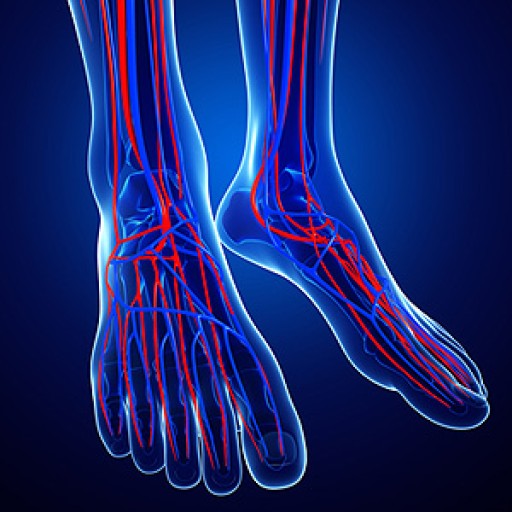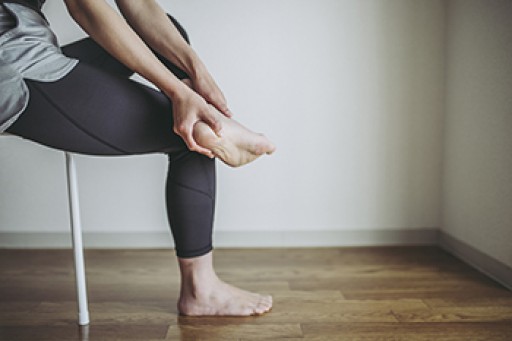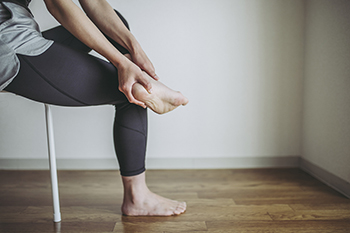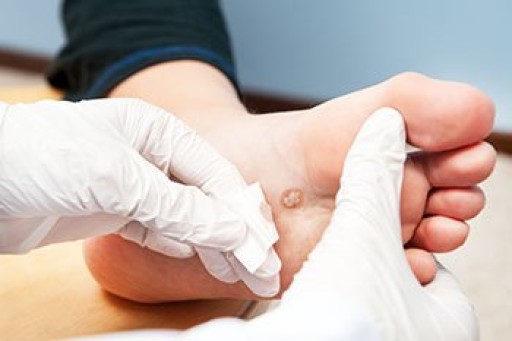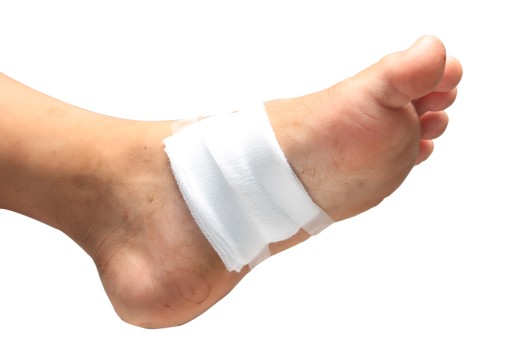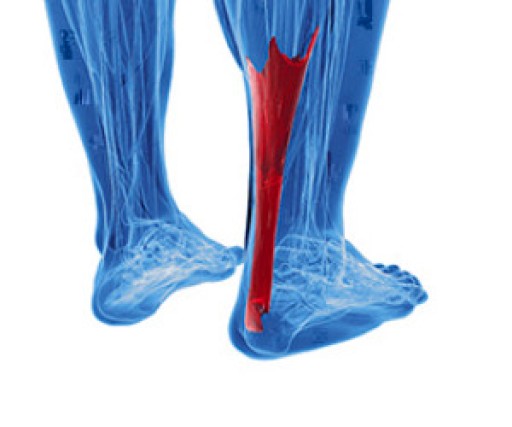 Poor circulation can indicate a variety of problems throughout the body including high cholesterol and diabetes. Poor circulation is often noticed in the feet first, and there are a few signs that you should consult with a podiatrist. If your toes are red, purple, or blue, this unhealthy coloring may be a clear indication of poor circulation. Because blood encourages hair growth, lack of hair on the feet or lower legs may also be an indicator. Poor circulation can also cause the feet to be excessively cool (maybe even ice cold), and can cause the feet to fall asleep easily. If you notice any of these signs in your feet, consulting with a podiatrist is strongly suggested.
Poor circulation can indicate a variety of problems throughout the body including high cholesterol and diabetes. Poor circulation is often noticed in the feet first, and there are a few signs that you should consult with a podiatrist. If your toes are red, purple, or blue, this unhealthy coloring may be a clear indication of poor circulation. Because blood encourages hair growth, lack of hair on the feet or lower legs may also be an indicator. Poor circulation can also cause the feet to be excessively cool (maybe even ice cold), and can cause the feet to fall asleep easily. If you notice any of these signs in your feet, consulting with a podiatrist is strongly suggested.
While poor circulation itself isn’t a condition; it is a symptom of another underlying health condition you may have. If you have any concerns with poor circulation in your feet contact Dr. Castillo of Bronx Foot Care. Our doctor will treat your foot and ankle needs.
Poor Circulation in the Feet
Peripheral artery disease (PAD) can potentially lead to poor circulation in the lower extremities. PAD is a condition that causes the blood vessels and arteries to narrow. In a linked condition called atherosclerosis, the arteries stiffen up due to a buildup of plaque in the arteries and blood vessels. These two conditions can cause a decrease in the amount of blood that flows to your extremities, therefore resulting in pain.
Symptoms
Some of the most common symptoms of poor circulation are:
- Numbness
- Tingling
- Throbbing or stinging pain in limbs
- Pain
- Muscle Cramps
Treatment for poor circulation often depends on the underlying condition that causes it. Methods for treatment may include insulin for diabetes, special exercise programs, surgery for varicose veins, or compression socks for swollen legs.
As always, see a podiatrist as he or she will assist in finding a regimen that suits you. A podiatrist can also prescribe you any needed medication.
If you have any questions, please feel free to contact our office located in Bronx, NY . We offer the newest diagnostic and treatment technologies for all your foot care needs.
